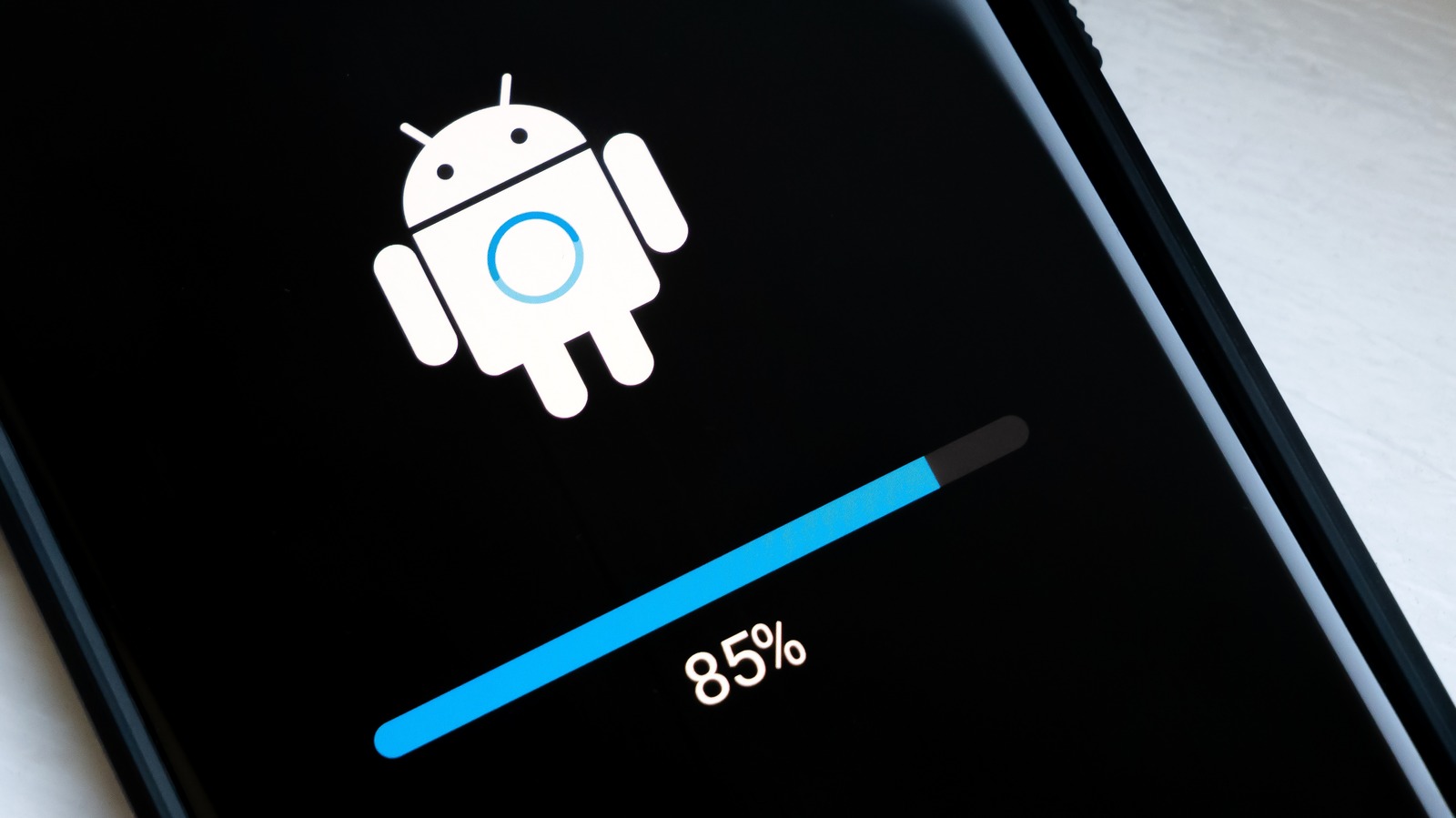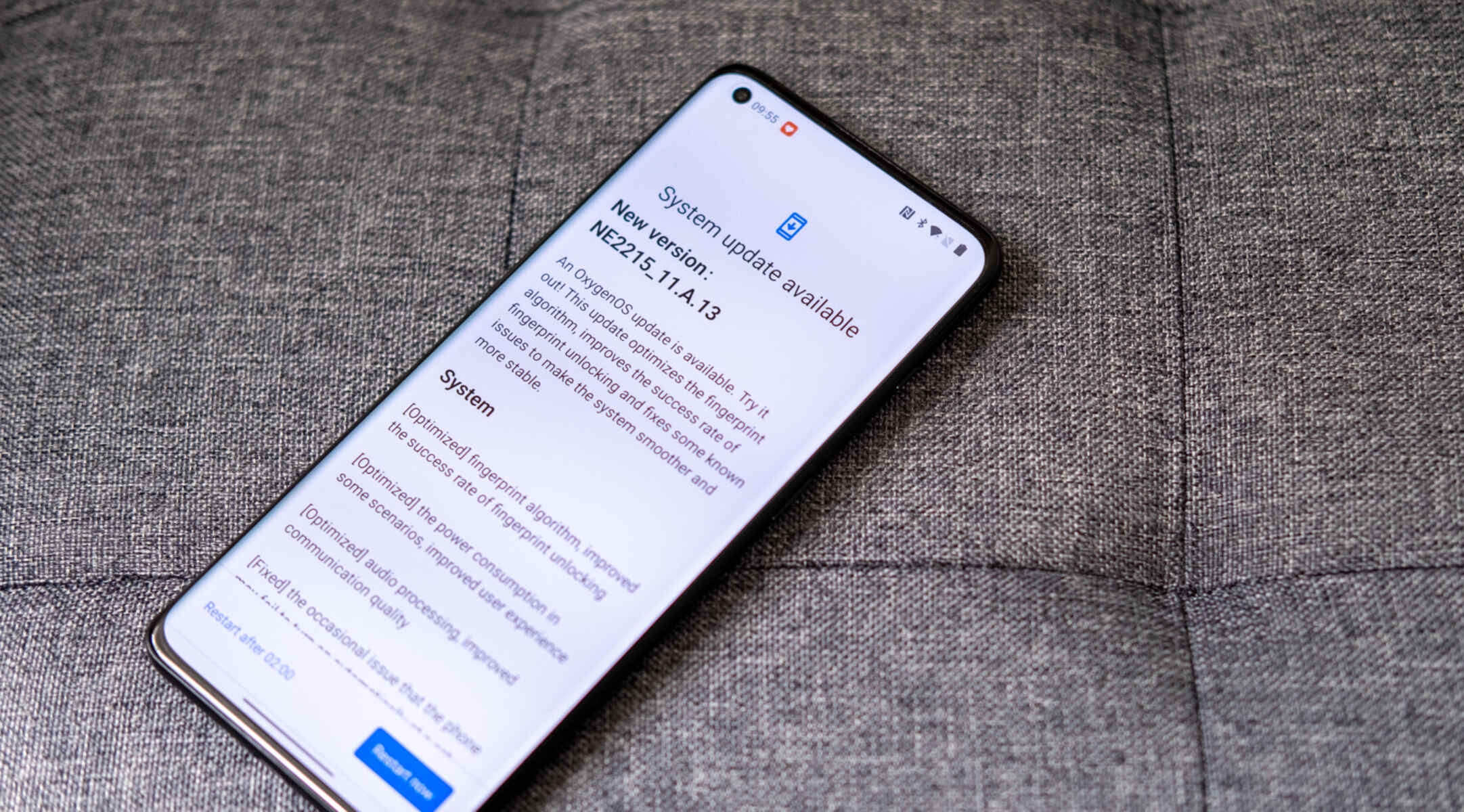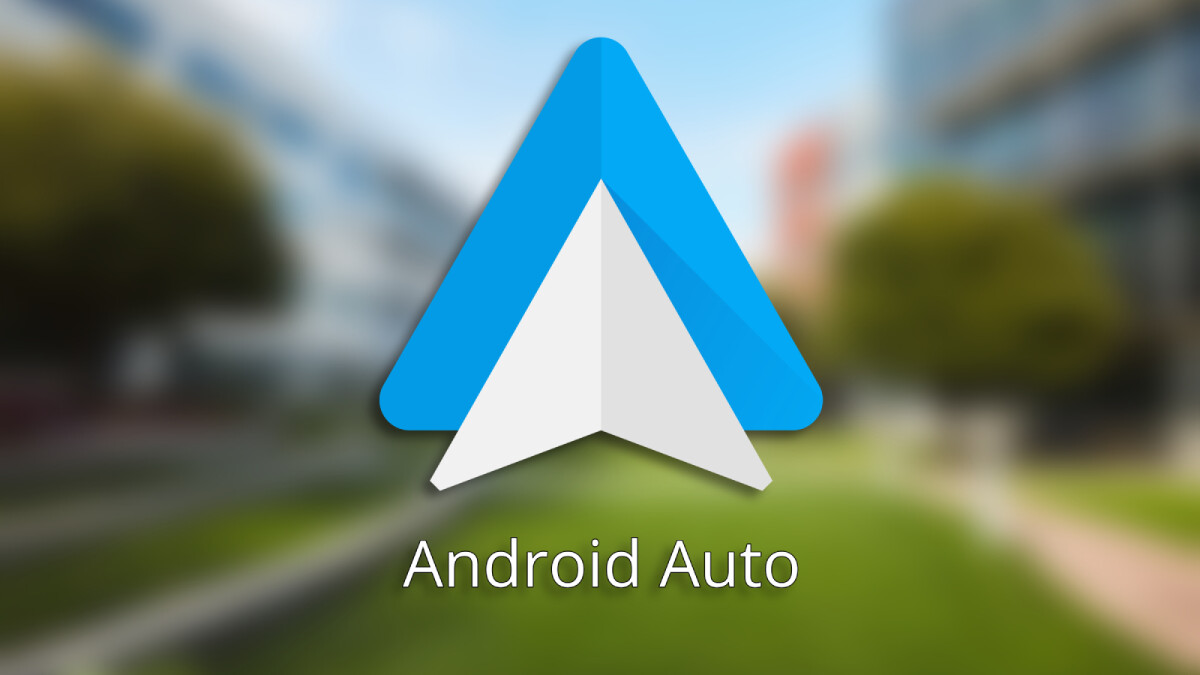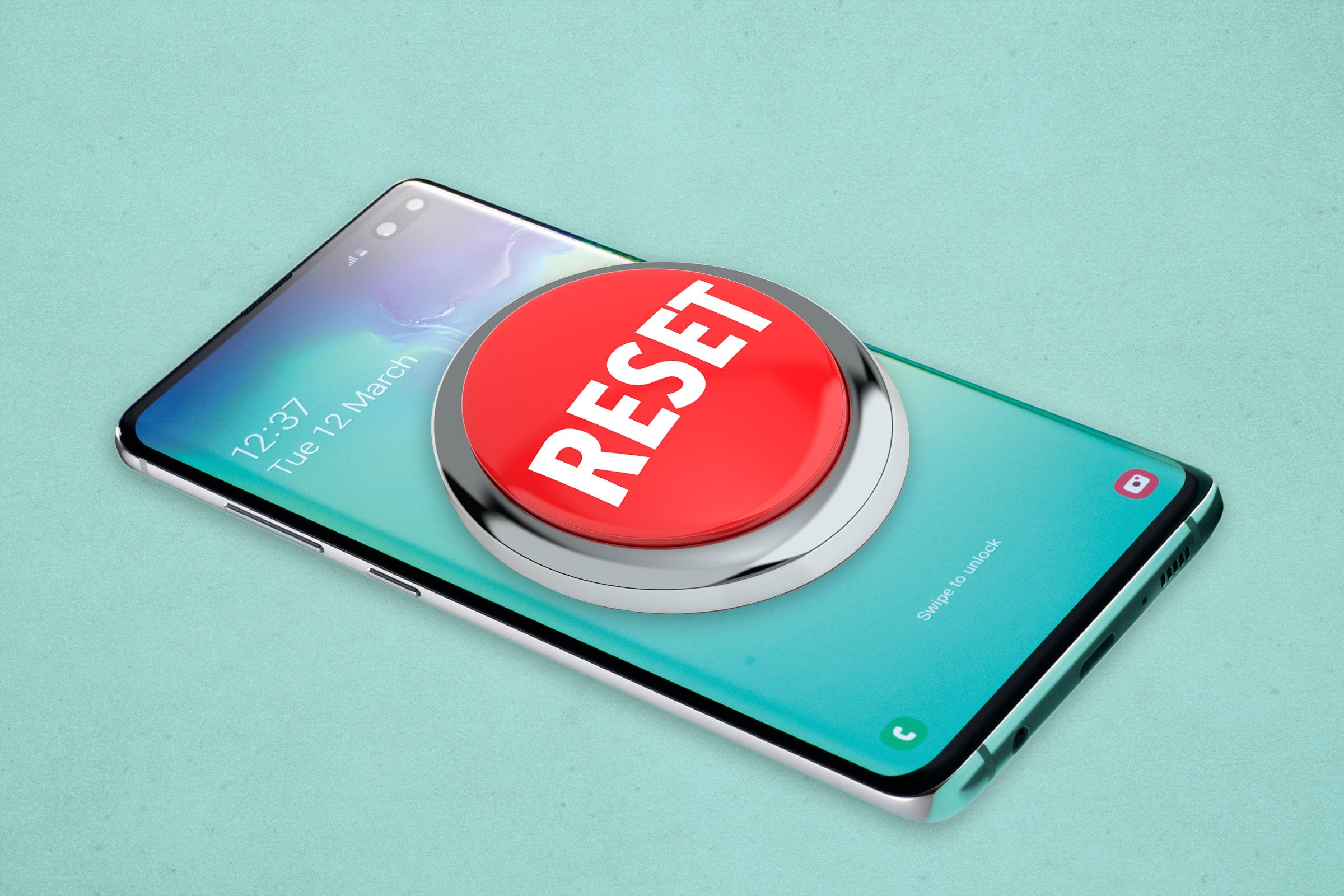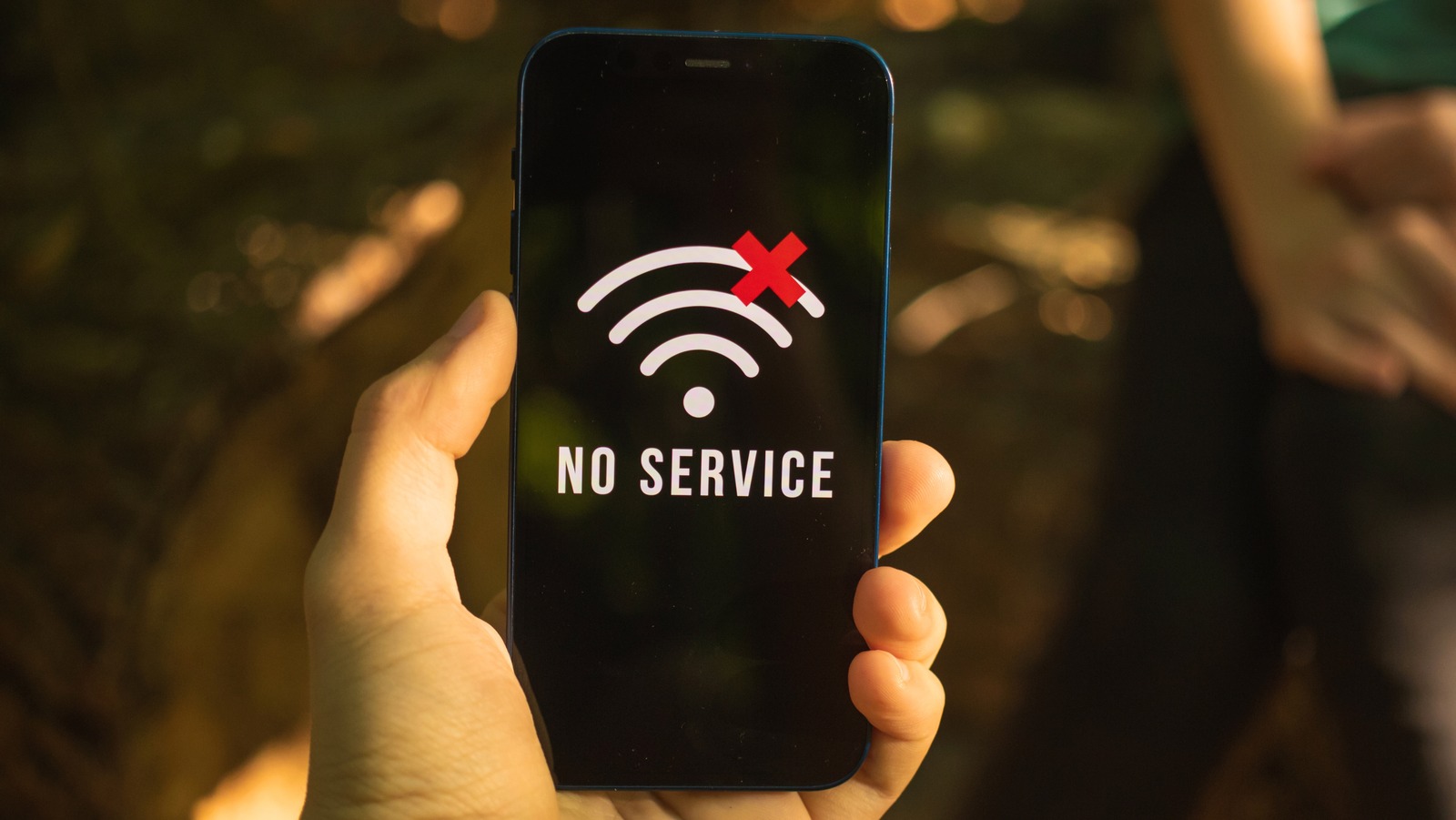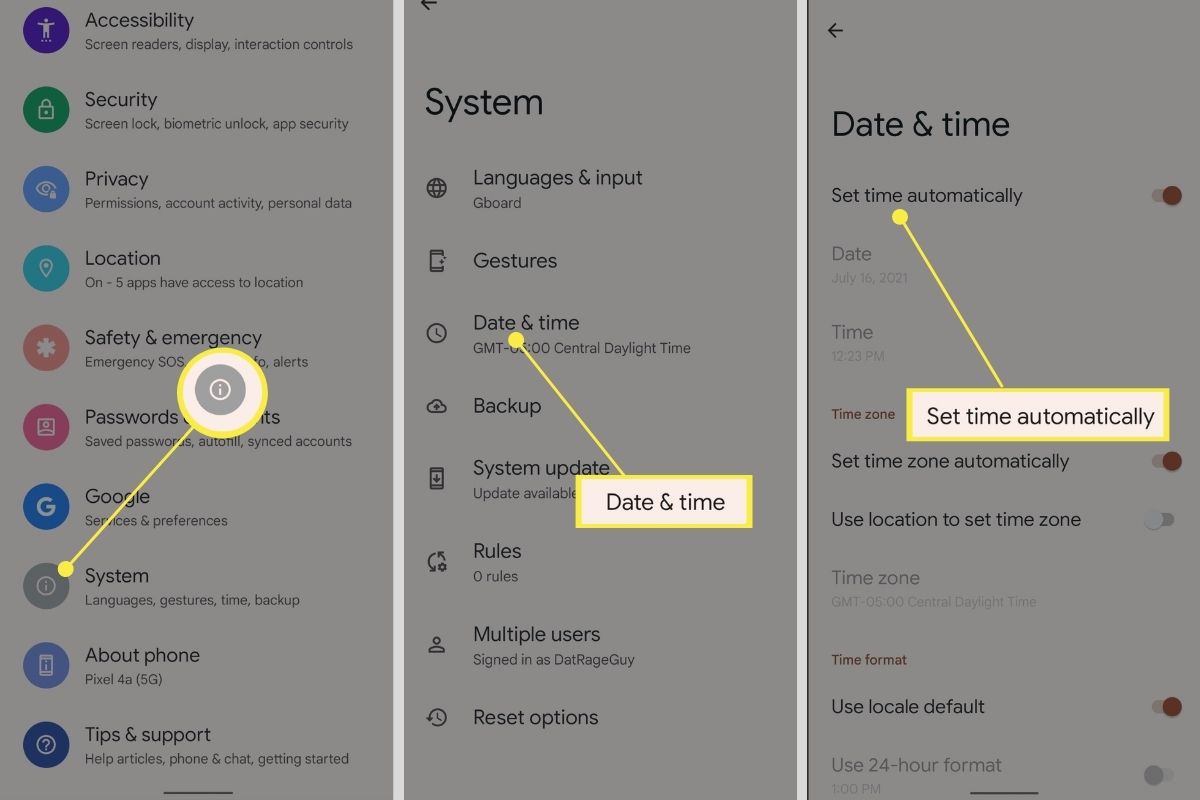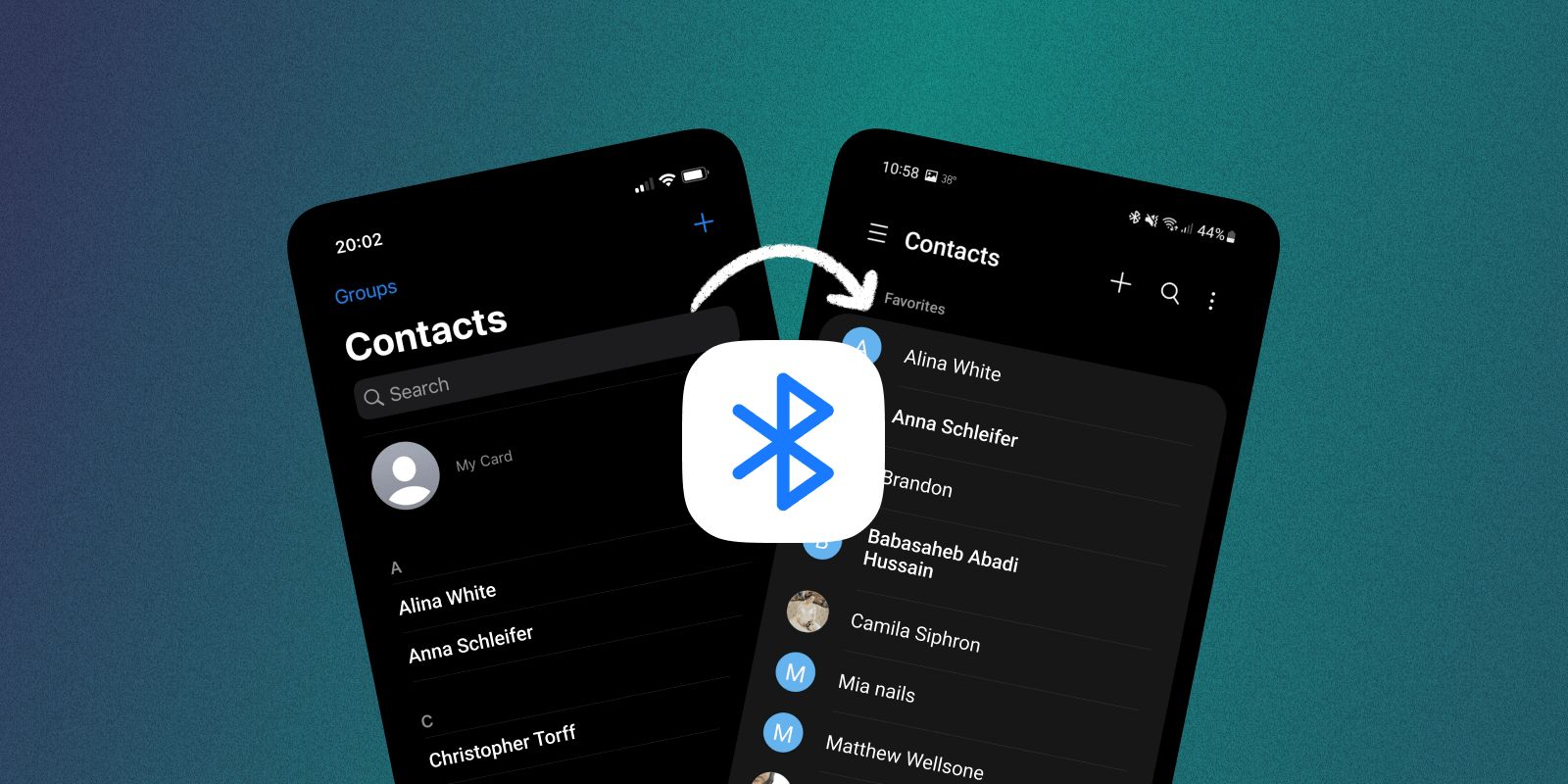Introduction
Welcome to the world of Android phones, where innovation and technological advancements are always on the rise. As an Android user, you are undoubtedly familiar with the constant stream of updates that come your way. But have you ever stopped to wonder why it’s important to update your Android phone?
Software updates are essential for several reasons. They not only bring new features and improved functionality to your device but also play a crucial role in keeping your phone secure and protected from potential threats. These updates are designed to fix bugs, enhance performance, and address any vulnerabilities that may have been discovered in the previous versions.
With each update, Android developers are working tirelessly to optimize your device’s performance, enhance user experience, and deliver new and exciting features. Whether it’s improved battery life, faster processing speed, or a revamped user interface, these updates are designed to ensure that you get the most out of your Android phone.
Now that we understand the significance of updating our Android phones, let’s explore the various methods through which you can check for software updates and keep your device up to date. Whether you prefer to use Wi-Fi, mobile data, or a computer, we’ve got you covered.
Why Should I Update My Android Phone?
Keeping your Android phone up to date with the latest software updates is essential for several reasons. Let’s take a closer look at why updating your Android phone is crucial:
- Security: One of the primary reasons to update your Android phone is to ensure the security of your device. Software updates often contain important security patches that address known vulnerabilities. By staying up to date, you enhance your device’s resistance to malware, viruses, and other potential threats.
- Enhanced Features: Updating your Android phone allows you to access new and improved features. Developers constantly work to enhance the functionality and performance of Android devices, and updates often introduce exciting additions such as enhanced camera capabilities, improved battery optimization, or new gestures for navigation.
- Bug Fixes: Software updates also address any bugs or glitches that may have been present in the previous versions. These updates resolve performance issues, crashes, or other software-related problems, leading to a smoother and more enjoyable user experience.
- Compatibility: Updating your Android phone ensures compatibility with the latest apps and services. Developers often release updates to their apps that require specific versions of the Android operating system. By staying up to date, you ensure that you can take advantage of the latest apps and features without compatibility issues.
- Optimized Performance: Each software update brings improvements in performance and stability. Whether it’s faster app launching, improved multitasking, or better battery management, these updates optimize the overall performance of your Android phone.
By updating your Android phone regularly, you not only stay ahead in terms of security but also enjoy the benefits of new features and improved performance. Now that you understand the importance of updating your Android phone, let’s dive into the various methods you can use to check for software updates and keep your device up to date.
How to Check for Software Updates
Checking for software updates on your Android phone is a straightforward process. Follow the methods outlined below to ensure that you never miss an update:
- Step 1: Open Settings: Start by opening the Settings app on your Android phone. You can usually find it in the app drawer or by swiping down from the top of your screen and tapping on the gear icon.
- Step 2: Navigate to System Updates: In the Settings menu, scroll down and look for the “System” or “About phone” option. Tap on it to access the system-related settings.
- Step 3: Check for Updates: Within the system settings, look for the “Software updates” or “System updates” option. Tap on it to check for available updates for your Android phone.
Once you follow these steps, your Android phone will connect to the update server and search for any new software updates. If there are updates available, your phone will prompt you to download and install them. Make sure you are connected to a stable Wi-Fi network or have sufficient mobile data to proceed with the update.
It’s important to note that the names and locations of system-related settings may vary slightly depending on the manufacturer and Android version of your phone. If you’re unable to find the specific options mentioned above, refer to the user manual or search online for instructions tailored to your specific device model.
Now that you know how to check for software updates let’s explore the different methods you can use to update your Android phone.
How to Update Android Phone Using Wi-Fi
Updating your Android phone using Wi-Fi is a convenient and reliable method. Follow these steps to update your device:
- Step 1: Connect to Wi-Fi: Ensure that your Android phone is connected to a stable Wi-Fi network. Go to the Settings app and tap on the “Wi-Fi” option. Select the desired network from the available options and enter the password if required.
- Step 2: Check for Updates: Once connected to Wi-Fi, follow the steps mentioned earlier to navigate to the system settings and select “Software updates” or “System updates”. Tap on it to check for updates.
- Step 3: Download and Install Updates: If an update is available, your phone will display a notification or a “Download” button. Tap on it to initiate the download. Make sure your phone is connected to the Wi-Fi network for a stable and faster download.
- Step 4: Install the Update: After the download is complete, your phone will prompt you to install the update. Tap on the “Install” button and follow any on-screen instructions. Your phone may restart during the installation process.
It’s important to note that the update process may take some time, depending on the size of the update and your Wi-Fi connection speed. Ensure that your phone has sufficient battery life or is connected to a power source during the update to avoid any interruptions.
Once the update is installed successfully, your Android phone will restart with the latest software version and any new features or improvements that were included in the update.
Now that you know how to update your Android phone using Wi-Fi, let’s explore an alternative method using mobile data.
How to Update Android Phone Using Mobile Data
If you don’t have access to a Wi-Fi network, you can still update your Android phone using your mobile data. Follow these steps:
- Step 1: Enable Mobile Data: Open the Settings app on your Android phone and tap on the “Network & Internet” option. Next, tap on “Mobile network” and toggle the switch to enable mobile data. Ensure that you have a sufficient data plan to download the update.
- Step 2: Check for Updates: Once mobile data is enabled, follow the steps mentioned earlier to navigate to the system settings and select “Software updates” or “System updates”. Tap on it to check for updates.
- Step 3: Download and Install Updates: If an update is available, your phone will display a notification or a “Download” button. Tap on it to initiate the download. Keep in mind that downloading updates using mobile data may consume a significant amount of your data plan, so ensure that you have enough data available.
- Step 4: Install the Update: After the download is complete, your phone will prompt you to install the update. Tap on the “Install” button and follow any on-screen instructions. Your phone may restart during the installation process.
It’s important to note that updating your Android phone using mobile data can use up a considerable amount of data, depending on the size of the update. If you have a limited data plan, it’s advisable to connect to Wi-Fi or wait until you have access to a stable network before proceeding with the update.
Now that you know how to update your Android phone using mobile data, let’s explore another method that involves using a computer.
How to Update Android Phone Using a Computer
Updating your Android phone using a computer is an alternative method that offers more control and stability. Follow these steps to update your device:
- Step 1: Install Android Device Manager: On your computer, open a web browser and search for “Android Device Manager”. Follow the official link and install the software on your computer. This software will allow you to manage and update your Android phone from your computer.
- Step 2: Connect Your Phone: Using a USB cable, connect your Android phone to your computer. Make sure the phone is unlocked and the USB debugging option is enabled. You may need to allow USB debugging if prompted on your phone’s screen.
- Step 3: Launch Android Device Manager: Open the Android Device Manager software on your computer. It will recognize your connected phone and display its information.
- Step 4: Check for Updates: In the Android Device Manager software, look for the “Check for Updates” or “Update” option. Click on it to search for available updates for your Android phone.
- Step 5: Download and Install Updates: If there are updates available, the software will prompt you to download and install them. Follow the on-screen instructions to proceed with the download and installation process. It may take some time, so ensure that your phone is connected to the computer and has sufficient battery life.
Once the update is successfully installed, your Android phone will reboot with the latest software version and any new features or improvements that were included in the update.
Updating your Android phone using a computer gives you more control over the process and ensures a stable and reliable connection. It’s a great option if you don’t have access to Wi-Fi or want to manage your updates from your computer.
Now that you know how to update your Android phone using a computer, let’s explore some common issues that you may encounter during the update process and how to troubleshoot them.
Troubleshooting Common Update Issues
While updating your Android phone is generally a smooth and straightforward process, you may encounter some common issues along the way. Here are a few troubleshooting tips to help you resolve these issues:
- Insufficient Storage: If you receive an error message stating that there is not enough storage to download or install the update, you will need to free up some space on your device. Delete unnecessary files, apps, or media to create more space for the update.
- Slow or Interrupted Download: If the download is taking longer than expected or gets interrupted, ensure that you have a stable and fast internet connection. Try switching to a different Wi-Fi network or use a computer with a reliable internet connection to download the update.
- Battery Drain: If your phone’s battery drains quickly during the update process, make sure it is adequately charged before starting the update. It is recommended to keep your phone connected to a power source during the update to avoid any interruptions or sudden power loss.
- Update Fails to Install: If the update fails to install, try restarting your phone and checking for updates again. If the issue persists, you may need to perform a factory reset on your device. However, keep in mind that a factory reset will erase all data on your phone, so make sure to back up your important files before proceeding.
- Compatibility Issues: In some cases, certain apps or features may not be compatible with the new Android update. If you experience compatibility issues, try updating the affected apps from the Google Play Store or contact the app developer for further assistance.
If you encounter any other issues during the update process that are not mentioned above, it’s advisable to check the support documentation provided by your phone’s manufacturer or contact their customer support for personalized assistance.
Now that you are equipped with troubleshooting tips, you can confidently handle any common update issues that may arise. Next, let’s address some frequently asked questions related to updating Android phones.
Frequently Asked Questions (FAQs)
Here are some commonly asked questions about updating Android phones:
- Q: How often should I update my Android phone?
- Q: Can I update my Android phone if it’s an older model?
- Q: How long does it take to update an Android phone?
- Q: Will updating my Android phone erase my data?
- Q: What should I do if I missed an update and can’t find it again?
A: It is recommended to update your Android phone whenever new updates are available. This ensures that you have the latest security patches, bug fixes, and feature improvements.
A: Yes, you can still update older models of Android phones as long as the manufacturer provides updates for your specific device. However, it’s important to note that some older devices may not receive software updates indefinitely.
A: The time it takes to update an Android phone can vary depending on the size of the update, your internet connection speed, and the processing power of your device. It can take anywhere from a few minutes to over an hour.
A: Generally, updating your Android phone will not erase your data. However, it’s always a good idea to back up your important files before performing an update, just in case any unexpected issues arise.
A: If you missed an update and can’t find it again in the system settings, try restarting your phone and checking for updates again. If the update is still unavailable, it’s possible that it was a temporary or regional update and may be released again in the future.
If you have any other questions or concerns regarding updating your Android phone, it’s recommended to refer to the official documentation provided by your phone’s manufacturer or reach out to their customer support for further assistance.
Now that your frequently asked questions have been answered, let’s wrap up this comprehensive guide on how to update your Android phone.
Conclusion
Updating your Android phone is essential for a variety of reasons, including security, enhanced features, bug fixes, compatibility, and optimized performance. By regularly updating your device, you ensure that it remains secure, functions smoothly, and offers the latest features and improvements.
In this guide, we covered various methods to check for software updates on your Android phone, including using Wi-Fi, mobile data, and a computer. We also provided troubleshooting tips for common update issues and answered some frequently asked questions.
Remember to connect to a stable Wi-Fi network or have sufficient mobile data when updating your Android phone. It’s important to have a fully charged battery or keep your device connected to a power source during the update process to avoid any interruptions.
If you encounter any issues or have questions specific to your device, refer to the manufacturer’s documentation or reach out to their customer support for personalized guidance.
By staying up to date with software updates, you can ensure that your Android phone continues to deliver optimal performance, security, and an enjoyable user experience for years to come.







